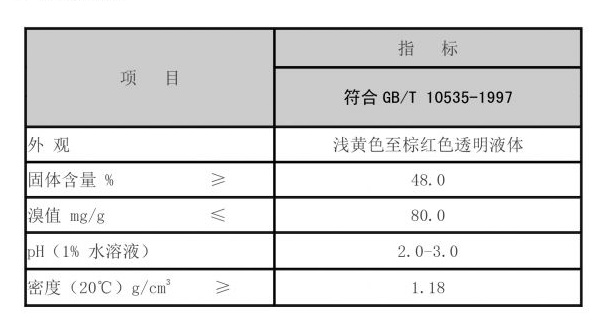coagulant flocculant
Understanding Coagulants and Flocculants Their Role in Water Treatment
Water is an essential resource for life, and ensuring its quality is crucial for both environmental health and human safety. In various industries, particularly in water treatment, two substances play a vital role in the purification process coagulants and flocculants. Though they are often confused with one another, they serve distinct purposes in the treatment of water, sewage, and industrial effluent.
What are Coagulants?
Coagulants are chemical agents that facilitate the aggregation of suspended particles in water, leading to their subsequent removal. This aggregation occurs through a process known as coagulation. Coagulants typically work by neutralizing the negative charges on suspended particles, allowing them to clump together. The most commonly used coagulants include aluminum sulfate (alum), ferric chloride, and polyaluminum chloride.
When coagulants are added to water, they form larger particles known as flocs. This process is crucial in various treatment applications, including drinking water purification and wastewater treatment. In drinking water treatment, for example, coagulants help remove impurities such as silt, bacteria, and organic matter, making water safe for consumption.
The Coagulation Process
The coagulation process can be divided into three main stages mixing, floc formation, and flocculation.
1. Mixing In this initial stage, coagulants are rapidly mixed into the water, ensuring even distribution and reaction with the suspended particles. This step is vital as it maximizes the coagulant's effectiveness. 2. Floc Formation Following mixing, the water undergoes a period of slow stirring, allowing small clusters of particles to collide and bond together to form larger flocs. The size and density of these newly formed particles are critical for the next stage.
3. Flocculation In this stage, the larger flocs continue to agglomerate and grow into even bigger particles, which can be easily removed from the water through sedimentation, filtration, or other separation methods.
What are Flocculants?
coagulant flocculant

Flocculants are another category of chemicals used in water treatment, but they have a different role. While coagulants initiate the aggregation of particles, flocculants enhance the process by promoting the formation of larger, denser flocs from the smaller ones created during coagulation. Flocculants are typically high molecular weight polymers, and their primary purpose is to improve the settling and removal of solids from water.
Common flocculants include polyacrylamide and various natural polysaccharides. These substances can be cationic, anionic, or non-ionic, depending on their charge properties and the specific needs of the water treatment process.
The Flocculation Process
The flocculation process occurs after coagulation and can also be described in stages
1. Addition of Flocculants Once the initial flocs are formed, flocculants are introduced to the water. They bridge the gaps between smaller flocs, promoting their adhesion and the formation of larger aggregates.
2. Gentle Mixing The water is then gently stirred to allow flocculants to interact with the flocs without breaking them apart. This process requires careful control to achieve the best results.
3. Sedimentation or Filtration The larger flocs that result from flocculation can then be effectively removed by sedimentation or through filtration systems, resulting in cleaner water.
Conclusion
Both coagulants and flocculants are crucial in the water treatment process, each playing a unique but complementary role. Coagulants initiate the removal of suspended particles by promoting their aggregation, while flocculants enhance this process by facilitating the formation of larger flocs that can be easily removed from the water. Understanding the distinct functions of these substances is essential for optimizing water treatment strategies and ensuring safe, clean water for consumption and industrial use. As water quality continues to be a priority in various sectors, the effective application of coagulants and flocculants will remain integral to sustainable water management practices.
-
Water Treatment with Flocculant Water TreatmentNewsJun.12,2025
-
Polymaleic AnhydrideNewsJun.12,2025
-
Polyaspartic AcidNewsJun.12,2025
-
Enhance Industrial Processes with IsothiazolinonesNewsJun.12,2025
-
Enhance Industrial Processes with PBTCA SolutionsNewsJun.12,2025
-
Dodecyldimethylbenzylammonium Chloride SolutionsNewsJun.12,2025





